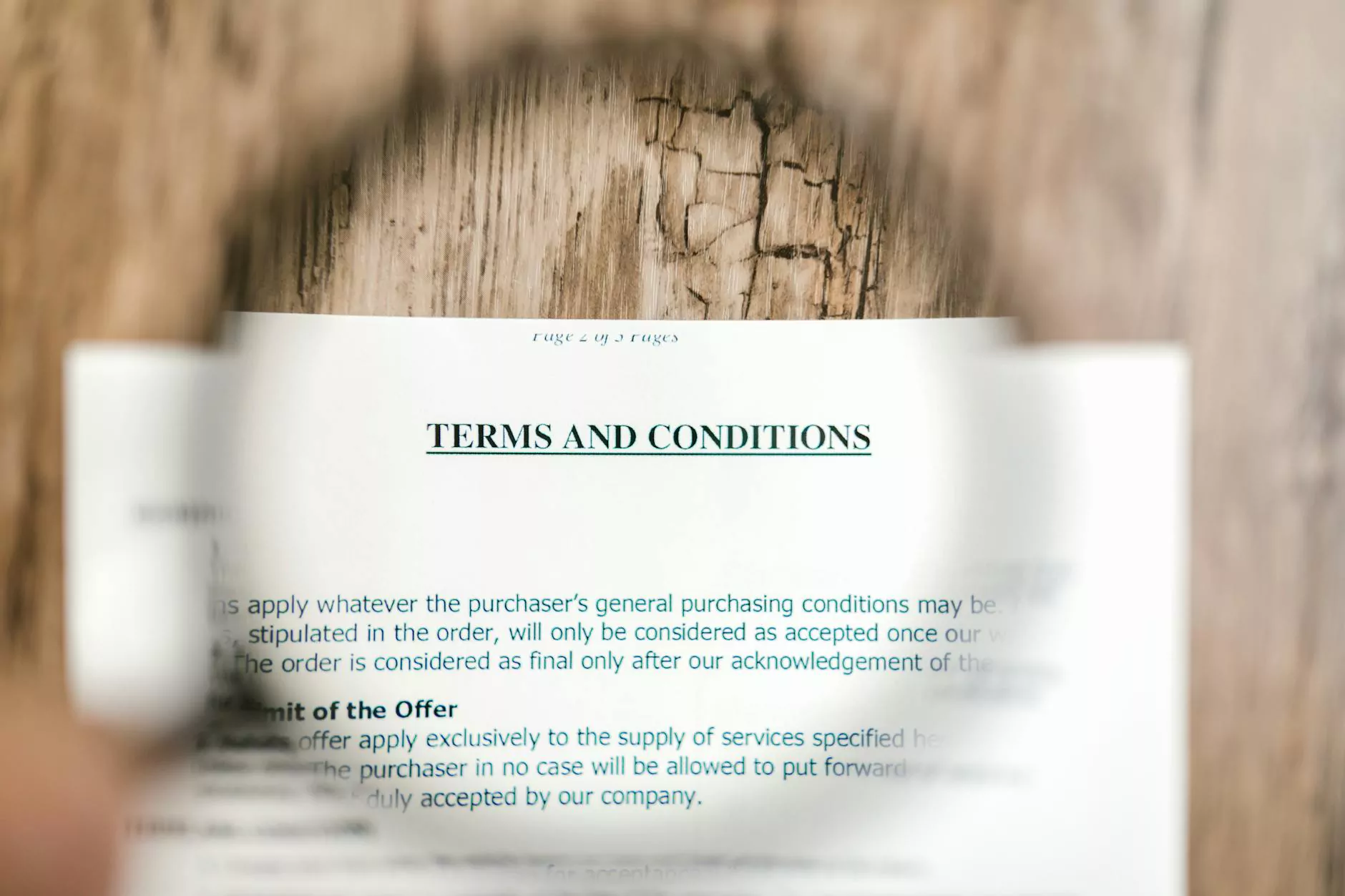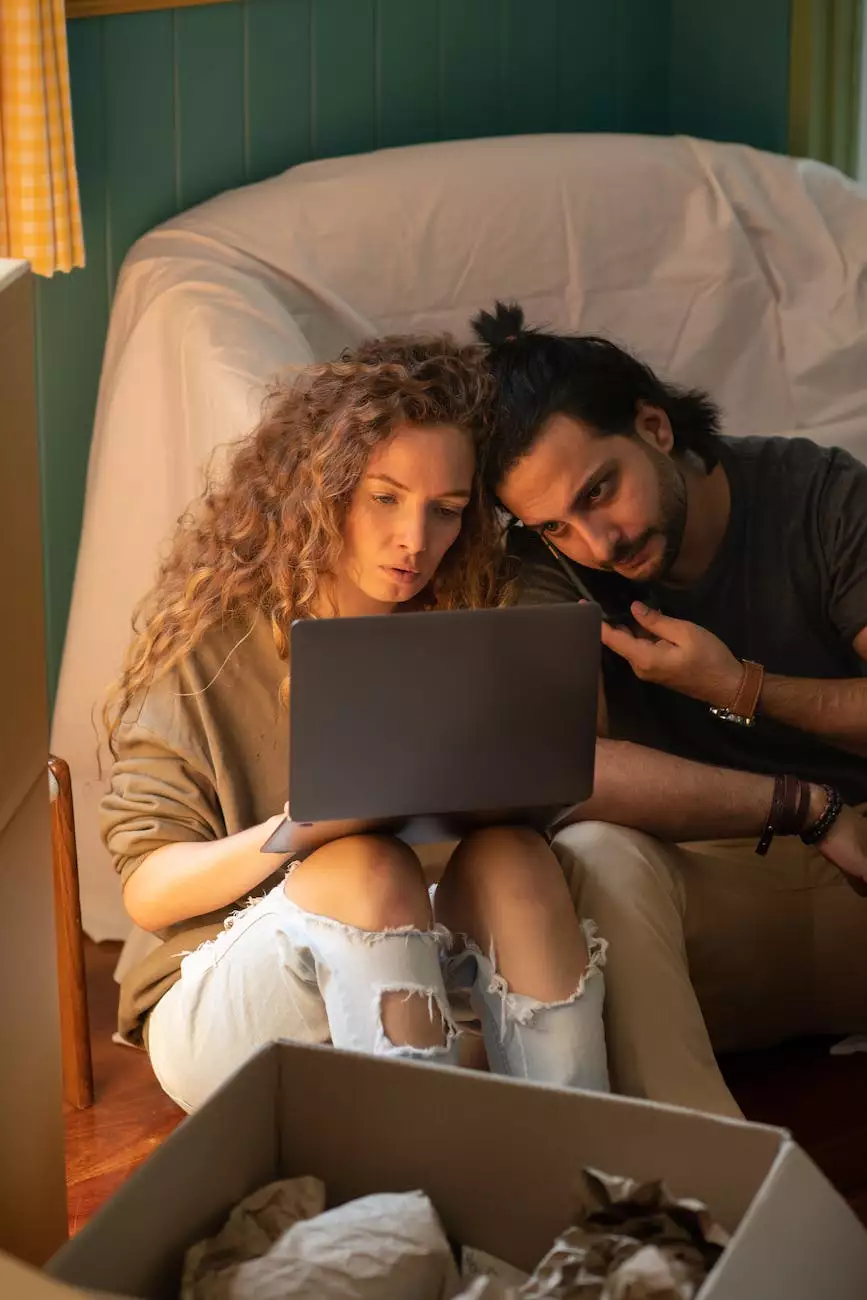Image Links Are Bad for SEO

Introduction
Welcome to Praiseworthy Consulting's knowledge center, where we provide valuable insights into various aspects of Business and Consumer Services - Consulting & Analytical services. In this article, we will discuss the negative impact of image links on your website's SEO performance and why it is crucial to avoid using them.
Why Image Links Can Harm Your SEO
Image links, also known as anchor links with image elements, have become a popular way to navigate or enhance the visual appeal of a website. However, when it comes to search engine optimization (SEO), image links can actually harm your website's performance. Here are some reasons why:
Lack of Anchor Text Optimization
One of the key aspects of SEO is optimizing the anchor text of your links. Anchor text provides valuable context to search engines about the target page's content. However, image links usually lack anchor text or have non-descriptive alt attributes, making it difficult for search engines to understand the relevance and topic of the linked page.
By using text-based links and incorporating relevant keywords or phrases in the anchor text, you can significantly improve the SEO value of your links and increase the visibility of your website in search engine results pages (SERPs).
Limited Crawlability and Indexability
Search engines rely on crawling and indexing to understand the structure and content of your website. While they have become proficient in processing images and extracting valuable information from them, image links pose challenges in terms of crawlability and indexability.
Text-based links allow search engine bots to easily follow and understand the navigation flow of your website. On the other hand, image links may not be as easily crawlable or understandable, potentially leading to missed opportunities for search engines to discover and index your linked pages.
Reduced User Experience and Accessibility
Image links, especially those without alternative text (alt text), can negatively impact the user experience and accessibility of your website. Alt text provides a description of the image content for visually impaired users or when images fail to load.
If you solely rely on visual cues for navigation, users who cannot see the images or use assistive technologies might struggle to navigate your website effectively. This can lead to higher bounce rates, reduced engagement, and ultimately, lower search rankings.
Misinterpretation of Image Links
While search engines have improved their capabilities in understanding the context and relevance of images, they are still not infallible. Image links can sometimes be misinterpreted by search engines, leading to incorrect associations or misunderstandings about the content they point to.
Using text-based links with descriptive anchor text reduces the chances of misinterpretation and ensures search engines have a clear understanding of your website's content and topics.
Best Practices for SEO-Friendly Links
Now that we have discussed the drawbacks of image links, let's explore some best practices to create SEO-friendly links:
1. Use Text-Based Links
Whenever possible, use text-based links instead of image links. Text-based links offer better anchor text optimization, improved crawlability, and enhanced user experience.
2. Optimize Anchor Text
Ensure your anchor text contains relevant keywords or phrases that accurately describe the linked page's content. This helps search engines understand the context and topic of the page.
3. Include Descriptive Alt Text
If you have to use image links, always include descriptive alt text. Alt text should be concise and provide a clear description of the image's content and purpose.
4. Use SEO-Friendly Titles and Headings
When crafting your website's titles and headings, incorporate keywords that accurately represent the content of the respective sections. This helps search engines and users quickly understand the content hierarchy.
5. Ensure Responsive Design and Mobile Optimization
With the increasing number of mobile users, it is crucial to have a responsive design and optimize your website for mobile devices. This ensures optimal user experience and encourages higher search engine rankings.
6. Monitor and Analyze Your Link Performance
Regularly monitor and analyze the performance of your links using tools like Google Analytics. This helps identify any potential issues or areas for improvement, allowing you to make data-driven decisions to enhance your website's SEO performance.
Conclusion
In conclusion, image links can harm your website's SEO performance due to their lack of anchor text optimization, limited crawlability and indexability, reduced user experience, and potential misinterpretation. By following best practices for SEO-friendly links, such as using text-based links, optimizing anchor text, and incorporating descriptive alt text, you can improve your website's visibility, accessibility, and overall SEO rankings.
At Praiseworthy Consulting, we specialize in providing top-notch consulting and analytical services to help businesses improve their online presence and drive organic traffic. For more information and expert guidance, feel free to contact us.









